Which Front Door is Right for Your Property?
The front door. We trust it to protect us and our possessions, we need it to keep our home warm and we expect it to look good doing it.
We all know how important the front door to a property is. It’s the first thing you see, you use it every day, plus it’s the main route in and out of your home.
It’s not impossible to have a stylish, secure and thermally efficient door, but how do you find the right one for you?
Front door security
In over 65% of burglaries, entry is gained through the front door, so it’s vital that your home is protected against even the most advanced break-in techniques.
Key features to look for include anti-snap and anti-bump locking cylinders and multi-point locking strips (rigid hooks top and bottom, along with central deadbolt and anti-lift bolts). These will help to eliminate the weak points of traditional doors and provide a tough barrier against forced entry.
Of course, home security can be improved further through add-ons such as security chains and spyholes, as well as adding external lighting and a reliable alarm system.
Digital keyfree locks also offer a convenient, contemporary solution to security, providing the added benefit of secure timed pin codes, remote fobs or the ability to lock/unlock from a smart device. However, if your door itself is weak or compromised, any security additions may all be in vain.
Make sure to check for weak points on your door, including your locks and any glazing in the door. If it isn’t up to scratch, it’s time to upgrade.
Door security checklistTry these simple checks to determine whether your door is up to the job:
|
When choosing a new front door it’s worthwhile looking for Secured by Design (SBD) accreditation. This is a police backed initiative dedicated to improving home security standards.
This means you can rest assured in the calibre and security of the door. A high quality front door should last upwards of 20 years if installed correctly and the hardware is periodically maintained (gentle cleaning and lubrications is all it takes). Any reputable company should provide a long-term guarantee, too.
Mike Edwards, founder of DIY Doctor and author of Amazon top-selling book Master Basic DIY, explains: “the door should fit snug tight in the frame and there should be no ‘play’ when you hold the handle and pull/push. No draughts should be felt anywhere around the door and the locks/latches should all comply with the specifications on your insurance documents, usually a five-lever deadlock or multi-point locking system.”
Mike adds: “the door should not bind on the frame when opened or closed and the locking operation should never have to be forced.”
Materials
There are several types of front door construction, each with their own unique quirks and styles, as well as security advantages and disadvantages.
PVCu doors are a cost effective choice, often available in a wide range of styles and colours. Low-quality versions are weak and easy to break through, but some high-calibre models are available with Secured by Design accreditation.
Timber doors are traditionally tougher than PVCu but demand a higher level of maintenance and can be prone to warping and bowing due to the weather.
Composite doors offer an extremely robust option when it comes to securing your home, with an engineered GRP skin that’s reinforced and insulated with a compressed foam core. They are sturdy, heavy, and tough to break down (even the police have trouble!).
But don’t worry – a secure door doesn’t have to be ugly!
Door style options
Traditionally, safety and style have been somewhat mutually exclusive with front doors and windows. However, you needn’t compromise kerb appeal for security any more.
Award-winning interior designer, George Kahler says: “the front door of any property sets the scene from outside. A quality front door is a statement of what the resident is trying to achieve, and says a lot about the owner.”
He goes on: “a door should respect and relate to the architecture of the building, and operable doors can open up a property to connect the interior and exterior environments seamlessly.”
We’re seeing a move towards vibrant colours and contemporary door designs with homeowners and self-builders. For example, Yale Doors are produced in a range of colours that are specially bonded to guarantee longer lasting, vibrant colour and abrasion resistance, available in a wide variety of door styles to fit different property types.
But which door style is right for your property?
Victorian doors
Victorian-style houses are a cornerstone of British architecture. Typically, they have a brick or stone construction with an asymmetric design. Large, jutting bay windows and grey slate roofs tend to finish them off.
As one of the most common front door styles, Victorian-inspired designs typically feature ornate panelling and can include decorative glass styles. Inspired by the period architecture, Victorian front doors are ideal for period homeowners who want to keep their property’s traditional aesthetic, but with the bonus of modern security.
On the other hand, Victorian-style doors are also perfect for modern homes aiming to add a touch of classic style and elegance to their home!
Edwardian doors
Edwardian era properties are most commonly less ornate and simpler in design than Victorian examples.
The period brought with it a focus on durability and stout style. Narrow construction and high ceilings are a mainstay of Edwardian properties, which are often found with a prominent chimney on the slope of a steep clay-tile roof (made for extra loft space) and bay windows and porches.
Edwardian front doors usually feature six panels and are characterised by the two smaller panels at the top, most commonly seen with glass installed. These doors are robust and sturdy in appearance, best suited to buildings of the period and for those looking to give their homes a timeless impression.
Georgian doors
Georgian-style properties are beautiful in their simplicity. They are typically built with a high, symmetrical design with chimneys on both sides and large, multi-panelled windows and a front door featuring a ‘crown’.
The classic style of Georgian front doors developed in the late 18th century. Fanlights were originally simple and rectangular, but evolved into the semi-circular or segmental type we associate with the period today.
Georgian door designs show a strong balance between form and function. Modern variations can provide sleek look with multi-panelled glazing in vertical, horizontal and the unmistakable ‘fan’ shape.
Country-style doors
Imagine an idyllic cottage or farmhouse situated in the British countryside, surrounded by green fields and nature, the air fresh and crisp.
It’s a classic image, and country dwellings have a unique appearance unlike any other type of property. They typically have light, pastoral and rustic brickwork/render finish with narrow doorways and timber windows. Ornate chimneys and thatched roofs, in addition to greenery growing against the exterior, finish off the classic country home.
A country door to match can make all the difference to these types of property, giving you a robust yet wholly welcoming entrance. Typically, this type of door features vertical panelling with a single window (or none at all!).
This style works tremendously as back doors for the majority of other types of home, as the modest design doesn’t demand attention.
Contemporary door design
More and more people are embracing new and custom-built houses, aspiring for an individual look that embraces bold, unique shapes and forms that are a huge departure from the classic architecture of Victorian or Edwardian properties.
House designs can vary considerably but there are several common themes emerging, such as a light render with sweeping, often curved walls, large clear windows and contrasting, colourful exterior decor. There’s also a huge trend for using previously hidden materials, such as concrete and timber, as main features in the architecture of the property.
Whether your home embraces these modern features or you’re looking to revitalise an older home, a contemporary front door with minimal panelling and geometric windows will target first impressions like no other style, giving you an attractive focal point to a home.
Remember, the front door of a property can always be enhanced with side panels and/or top lights to add more light to the inside of a property in glazed or panelled variations, whatever style of front door you choose.
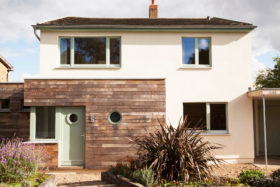































































































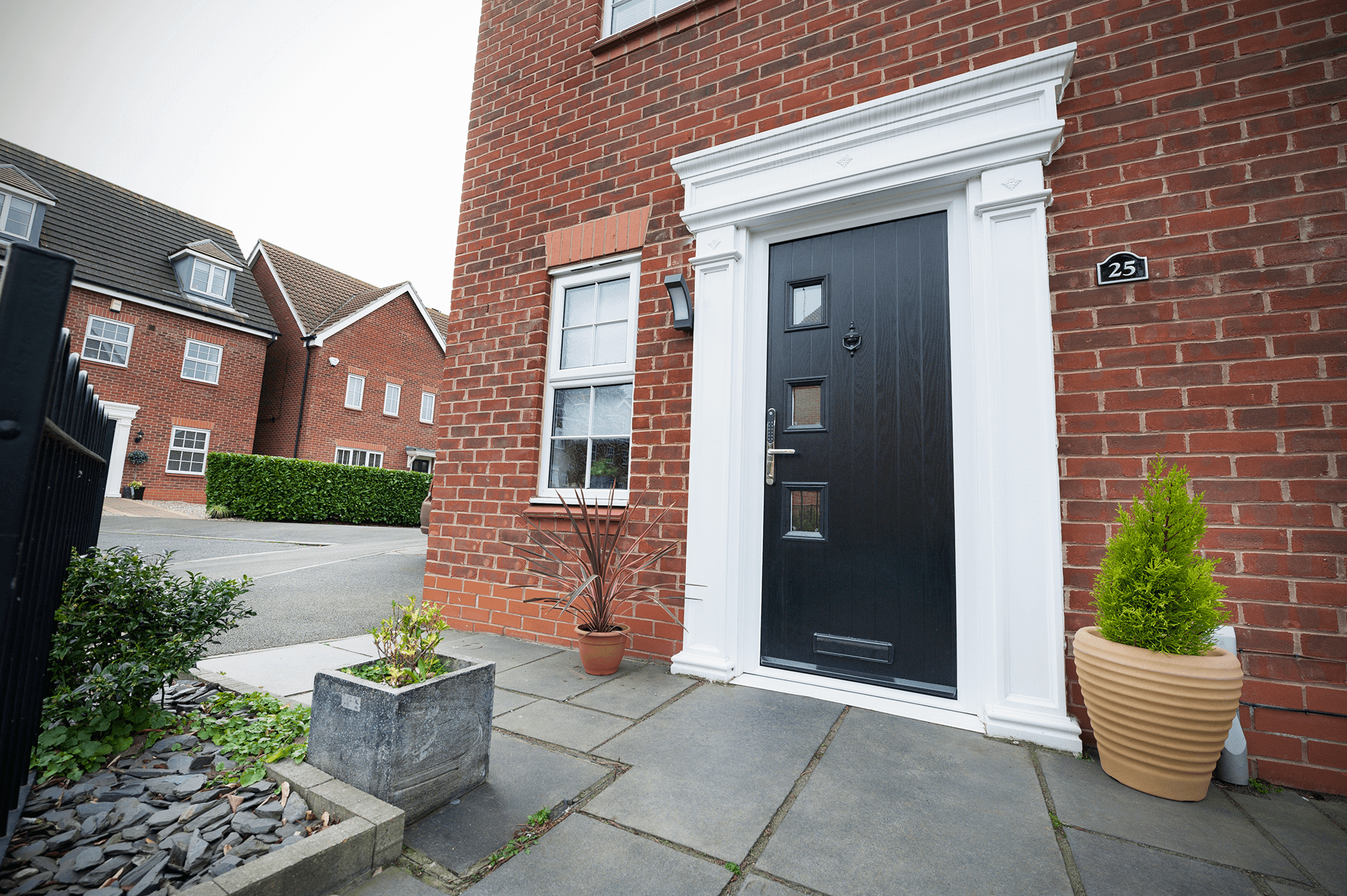
 Login/register to save Article for later
Login/register to save Article for later

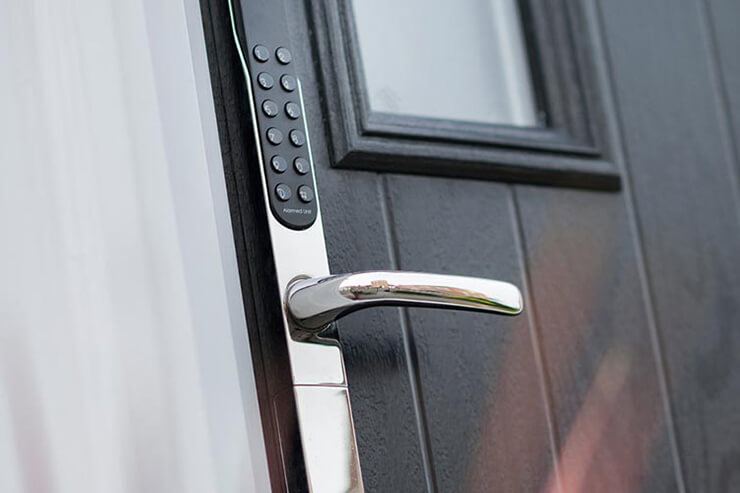

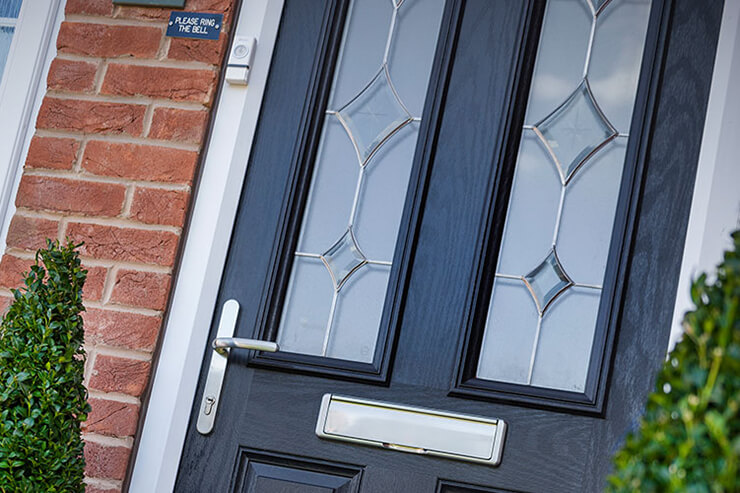







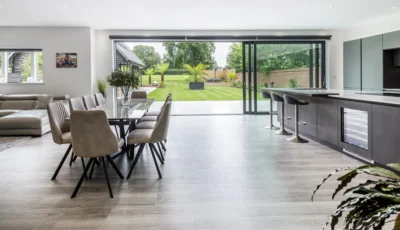
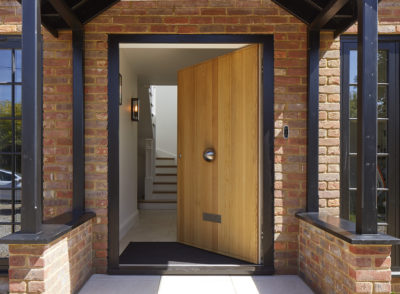
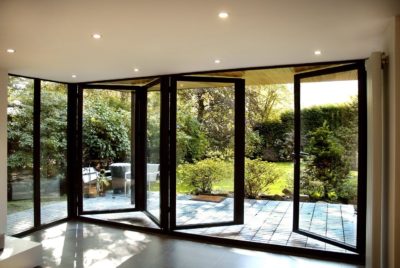
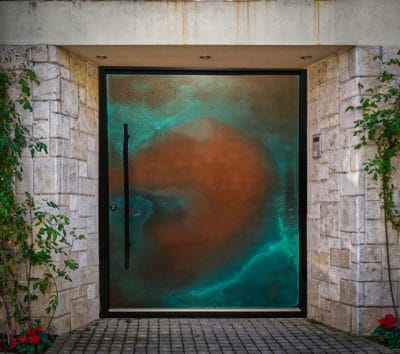





Comments are closed.